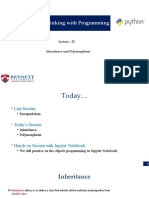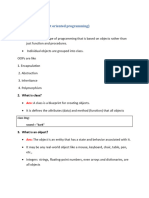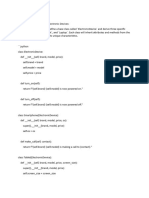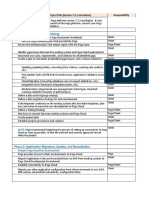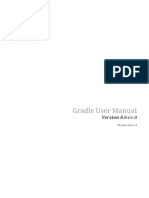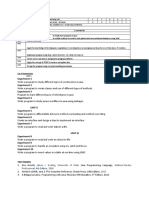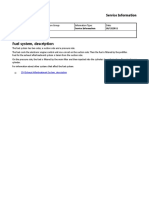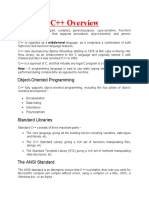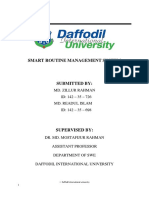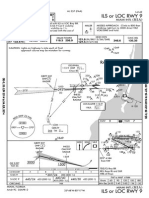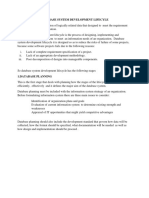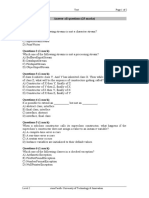0% found this document useful (0 votes)
10 views19 pagesDay 7 - OOP - Inheritance, Polymorphism, Abstraction Notes
Uploaded by
Mishti SehgalCopyright
© © All Rights Reserved
We take content rights seriously. If you suspect this is your content, claim it here.
Available Formats
Download as PDF, TXT or read online on Scribd
0% found this document useful (0 votes)
10 views19 pagesDay 7 - OOP - Inheritance, Polymorphism, Abstraction Notes
Uploaded by
Mishti SehgalCopyright
© © All Rights Reserved
We take content rights seriously. If you suspect this is your content, claim it here.
Available Formats
Download as PDF, TXT or read online on Scribd
/ 19


